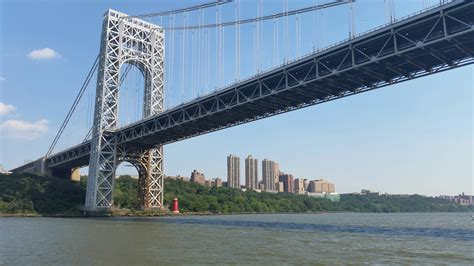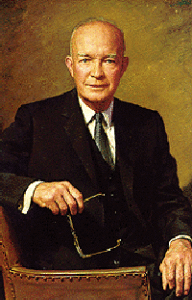October 24 is:
National Bologna Day
Foodimentary.com says:
Bologna sausage, sometimes phonetically spelled as baloney, boloney or polony, is a sausage derived from the Italian mortadella, a similar looking finely ground pork sausage containing cubes of lard, originally from the Italian city of Bologna.
Bologna can alternatively be made out of chicken, turkey,beef, pork, venison or soy protein.
Occasionally a slice of bologna is heated up so, as the fat renders, the round slice takes the shape of a bowl which may be filled with cheese or other fillings.
Sometimes referred to as garlic bologna, German sausage differs from traditional bologna due to various seasonings, most typically garlic being added to the recipe.
Kosher or halal bologna is typically made with only beef, but sometimes made from turkey, chicken or lamb.
 1260 – The Cathedral of Chartres was dedicated in the presence of King Louis IX of France; the cathedral is now a UNESCO World Heritage Site.
1260 – The Cathedral of Chartres was dedicated in the presence of King Louis IX of France; the cathedral is now a UNESCO World Heritage Site.
Chartres Cathedral, also known as the Cathedral of Our Lady of Chartres, is a Roman Catholic church in Chartres, France, about 80 km southwest of Paris and is the seat of the Bishop of Chartres. The cathedral is well-preserved for its age: the majority of the original stained glass windows survive intact.
The first transcontinental telegraph message was sent from California to President Abraham Lincoln in 1861. The U.S. transcontinental telegraph line linked the Atlantic and Pacific coasts by connecting the “Eastern connection” at Omaha, Nebraska with the “Western connection” at Carson City, Nevada.
 The George Washington Bridge connecting New York and New Jersey was dedicated in 1931. The George Washington Bridge is the world’s busiest motor vehicle bridge, carrying over 103 million vehicles per year in 2016.
The George Washington Bridge connecting New York and New Jersey was dedicated in 1931. The George Washington Bridge is the world’s busiest motor vehicle bridge, carrying over 103 million vehicles per year in 2016.
 President Dwight D. Eisenhower pledged United States support to South Vietnam. in 1954.
President Dwight D. Eisenhower pledged United States support to South Vietnam. in 1954.
From Today in Science
Nylon Stockings
In 1939, nylon stockings went on sale in the U.S. for the first time to employees at DuPont’s Wilmington, Delaware nylon factory. The modern materials revolution began in 1938 with DuPont’s commercialization of their nylon product, which was the first man-made fibre to be made exclusively from mineral sources. The company specifically intended to compete with silk in the women’s hosiery market. The fibre was strong, elastic, moth-proof and did not absorb moisture. Years of research led to enormous success. “Nylons,” as they were soon called, eventually replaced silk stockings. Covering only about two-thirds of a woman’s leg, from the feet to mid-thigh, stockings were fastened with garters and a belt.
